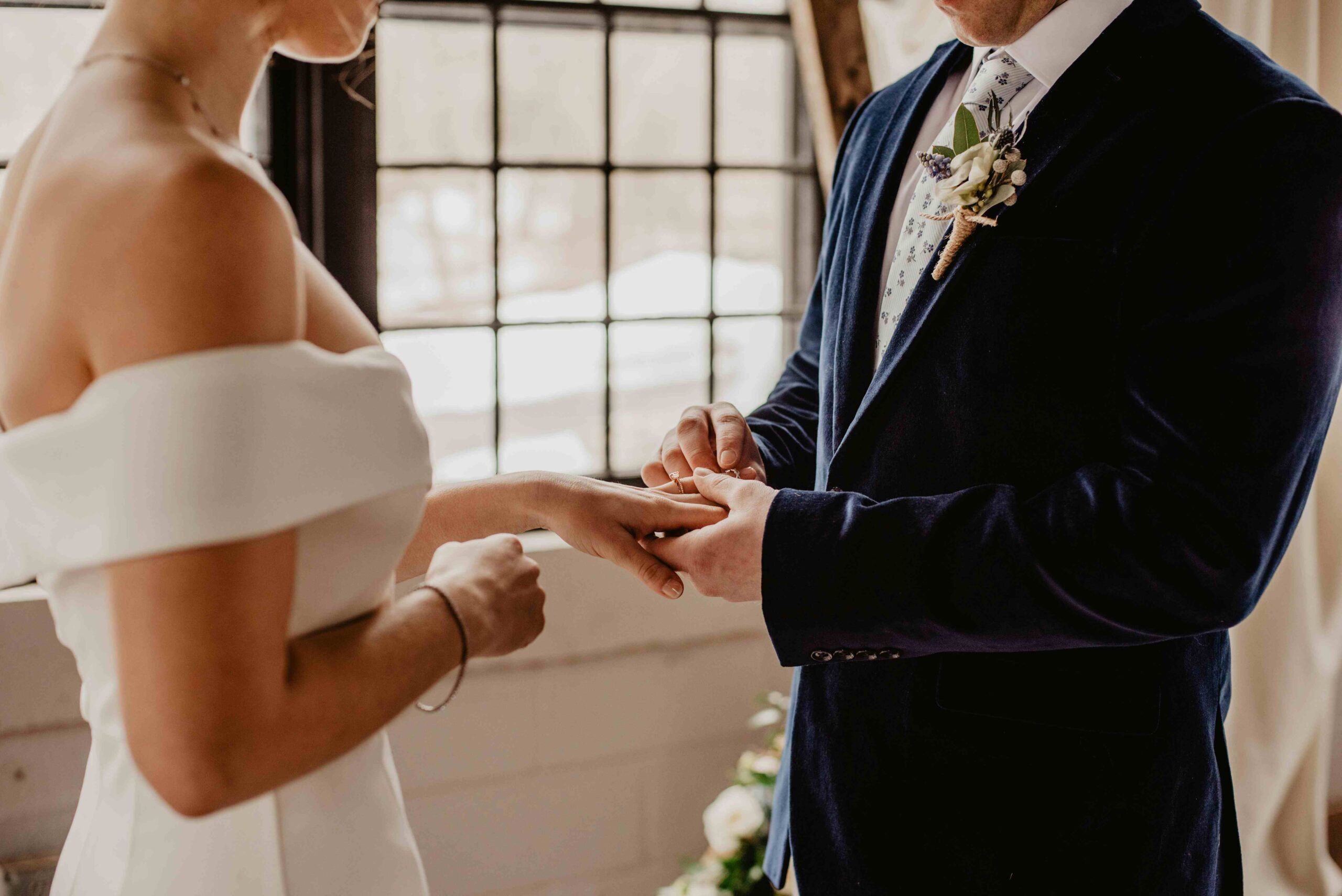
The Evolution of Love: How Relationships Have Changed Over Time
Article Level: Proficient Level of English
Explanation: This article explores the evolution of love from ancient arranged marriages to today’s digital age. It highlights how societal, cultural, and technological shifts have transformed relationships, shaping modern love while retaining its timeless essence.
Commonly Used Words from the Article
-
Alliance /əˈlaɪ.əns/ (noun): A union formed for mutual benefit.
Many marriages in ancient times were formed to secure alliances. -
Chivalry /ˈʃɪv.əl.ri/ (noun): The qualities of honour and courtesy, especially towards women.
Courtly love celebrated the ideals of chivalry. -
Autonomy /ɔːˈtɒn.ə.mi/ (noun): The right or condition of self-government.
Industrialisation gave people greater autonomy in choosing partners. -
Inclusivity /ˌɪnkluˈsɪv.ə.ti/ (noun): The practice of including people from all backgrounds.
Modern relationships reflect increasing inclusivity. -
Empathy /ˈɛm.pə.θi/ (noun): The ability to understand and share the feelings of others.
Empathy is essential in navigating complex relationships.
Audio File of the Article
Read more: The Evolution of Love: How Relationships Have Changed Over Time

The Evolution of Love: How Relationships Have Changed Over Time
Love has been a cornerstone of human existence, weaving its way through centuries of societal, cultural, and technological change. From the arranged marriages of ancient civilisations to the swipe-right culture of today, relationships have undergone a remarkable transformation. In this article, we explore how love and partnerships have evolved over time, reflecting broader shifts in societal norms and values.
Love in Ancient Times
In early civilisations, relationships were often rooted in practicality rather than romance. Marriages were arranged to secure alliances, preserve wealth, or ensure familial stability. Love, as we understand it today, was not a prerequisite. In Ancient Egypt, for example, marriage served to strengthen social ties, while in feudal societies, it was a means of consolidating power and property.
The Emergence of Romantic Ideals
The Middle Ages saw the rise of courtly love, a concept that romanticised affection and chivalry. While still not central to marriage, this era planted the seeds of love as an emotional connection. The Renaissance further elevated romantic love, as art and literature celebrated human emotions and individual expression. Think of Shakespeare’s timeless plays, which explored themes of love, jealousy, and passion.
Industrialisation and Love’s Transformation
The Industrial Revolution brought significant societal changes that reshaped relationships. As urbanisation increased, people had greater autonomy in choosing partners. The concept of love as a foundation for marriage gained prominence. During this period, companionate marriages—based on mutual affection and partnership—began to take hold, marking a shift from traditional, pragmatic unions.
The Impact of Modernisation
The 20th century saw an unprecedented shift in how relationships were perceived. Women gained more independence, and societal norms around love and marriage became more flexible. The sexual revolution of the 1960s challenged traditional expectations, promoting personal freedom and redefining romantic relationships. Additionally, the legalisation of same-sex marriages in many countries over the past few decades has underscored love’s evolving inclusivity.
The Digital Age of Love
Today, technology plays a central role in modern relationships. Dating apps, social media, and instant messaging have revolutionised how people meet and communicate. While these tools provide unparalleled opportunities for connection, they also present challenges, such as maintaining authenticity and navigating digital miscommunication.
The Future of Love
As societal values continue to shift, so too will the concept of love. The rise of artificial intelligence, long-distance virtual relationships, and changing attitudes towards traditional marriage are likely to shape the future of human connections. One thing remains certain: love, in all its forms, will continue to evolve.
Conclusion
The journey of love reflects humanity’s ever-changing landscape, adapting to new norms and technologies while retaining its timeless allure. Understanding this evolution not only deepens our appreciation of relationships but also inspires us to navigate them with greater empathy and openness.

Grammar Notes
The article employs advanced grammatical structures, such as complex sentences, passive voice (e.g., “marriages were arranged”), and conditionals (“As societal values continue to shift, so too will the concept of love”). These structures provide depth and clarity to the narrative.
Grammar Lesson: Using Passive Voice: Passive voice is used to emphasise the action or result rather than the subject performing it. For example:
- Active: People arranged marriages.
- Passive: Marriages were arranged. Tip: Use passive voice sparingly to maintain balance and clarity in writing.

Five Questions Based on the Article
-
How did ancient civilisations view the concept of love and marriage?
-
What role did the Middle Ages play in shaping romantic ideals?
-
How did the Industrial Revolution influence modern relationships?
-
What impact has technology had on contemporary relationships?
-
What are some potential future trends in romantic relationships?

We’d love to hear your thoughts! Join the conversation by leaving a comment below. Sharing your insights, questions, or experiences can help you connect with others in our English learning community. It’s a great way to practice your English skills, engage with like-minded individuals, and improve together. Don’t be shy—jump in and let’s keep the discussion going!

 EnglishMasteryHub
EnglishMasteryHub